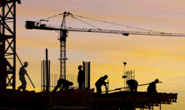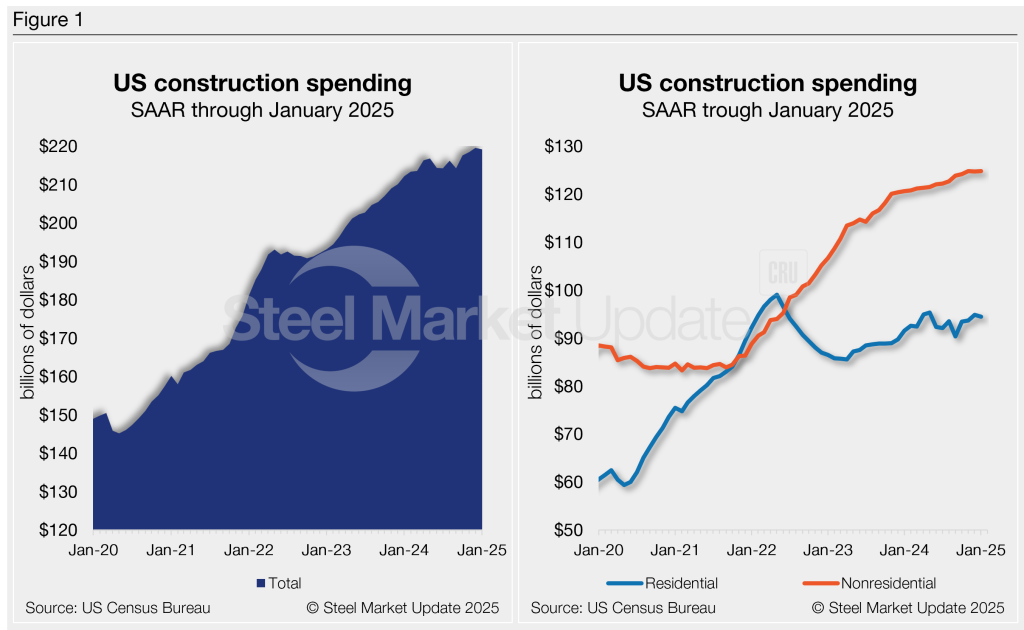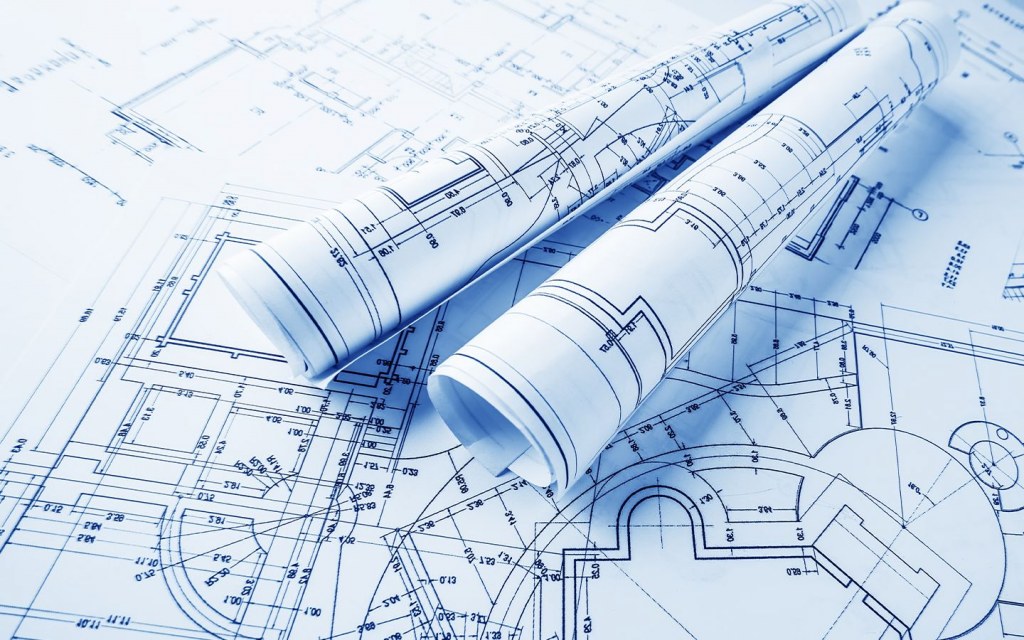Economy

Construction spending drops marginally in January
Written by David Schollaert
March 4, 2025
Construction spending edged down slightly in January, slipping for the first time in four months.
The US Census Bureau estimated spending at a seasonally adjusted annual rate of $2,196 billion in January, down 0.2% from December’s downward revised rate. The January figure is 3.3% higher than a year ago.
January’s result, despite the slight erosion, remains the second-best total in over five years, according to Census data.
Private builds
Overall, private construction outlays were $1,686 billion at a seasonally adjusted annual rate. That’s about 0.2% below the revised December estimate, the report said. Residential construction spending slipped 0.4% month over month to $932.7 billion, while nonresidential construction outlays were virtually flat at $53.3 billion in January.
Public projects
Public construction spending edged 0.1% lower in January to $505.9 billion. Highway construction contributed to the gain, improving 0.6% to $145 billion in January, while educational construction lagged, slipping 0.4% to $109.8 billion.
The chart below shows a rise in spending in recent years, particularly in nonresidential investment.


David Schollaert
Read more from David SchollaertLatest in Economy

Architecture billings continue to slide in March
Architecture firms said billings continued to decline in March, according to the latest Architecture Billings Index (ABI) released by the American Institute of Architects (AIA) and Deltek.

Beige Book shows concerns about trade policy
Manufacturing was mixed, but two-thirds of districts said activity was little changed or had declined.

New York state manufacturing index drops again in April
Firms were pessimistic, with the future general business conditions index falling to its second lowest reading in the more than 20-year history of the survey

Construction adds 13,000 jobs in March
The construction sector added 13,000 jobs, seasonally adjusted, in March, but tariffs could undermine the industry.

Supply chains, end-users brace for impact from tariffs
Supply chains are working through what the tariffs mean for them
